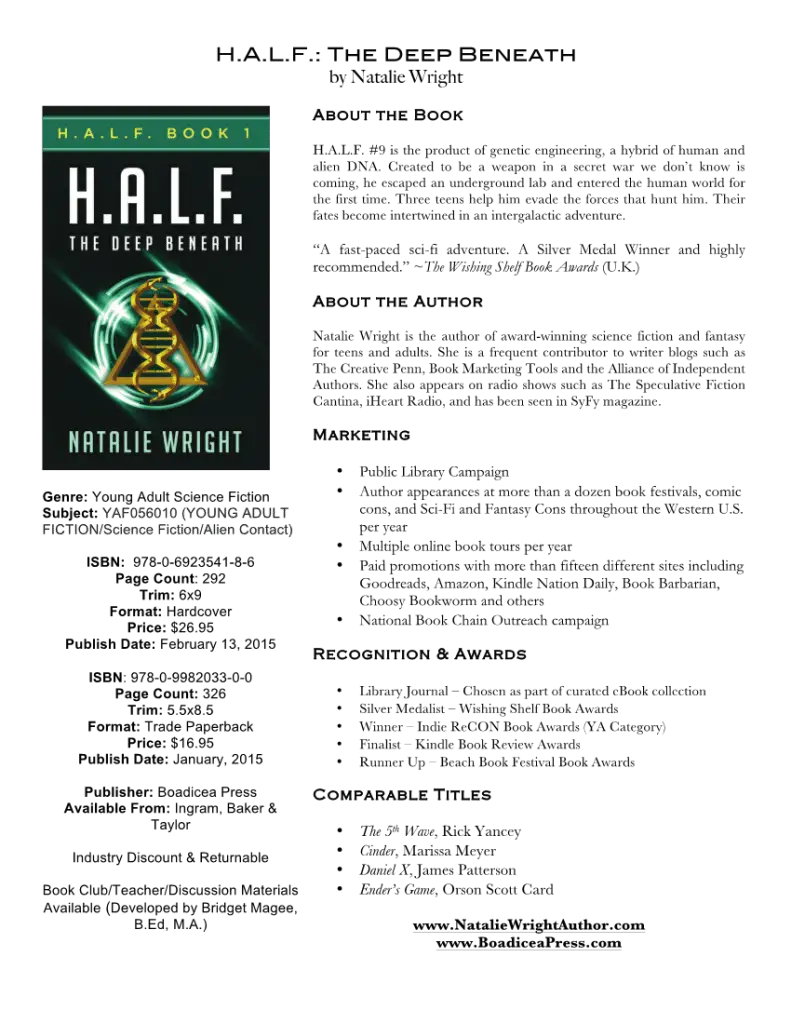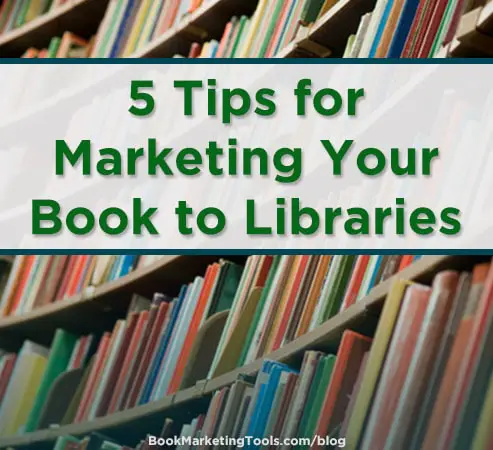With the advent of the e-book and ability for library patrons to borrow digital materials, is it worthwhile to market books to libraries? Before you answer, consider these statistics:
- 58% of Americans have a library card
- 48% of Americans who read a printed book in the past year used a library to borrow books.
- 64% of 16-17 year olds who read printed books borrow books from the library
- 35% of total book circulation is children’s books
- 42% of women who read printed books borrow books from the library
- $11.5 billion – amount public invested in library materials in 2011 (last fiscal year for which data is available)
- 42% of library patrons purchased the most recent book they read
Independent authors have (mostly) focused their efforts on Amazon. And that makes sense. It’s the largest bookseller in the world. But is it wise for authorpreneurs to put all their eggs in one basket? We’ve seen the adverse impact that a change in Amazon’s algorithm or policies can have on our book sales. If you want to diversify – and I think all authors should consider that concept –marketing to libraries may serve as a powerful way to spread the word about your work.
If you’ve attempted to market your book to local libraries or bookstores, you may have met resistance or failed entirely. Do not assume that the difficulty is due to elitism, disdain for Amazon or a conspiracy against independent authors. There are legitimate reasons that libraries tend to pass on purchasing independently published books.
There are several technical issues and nuance involved in marketing to libraries. I do not have the space here to address all aspects. If you intend to launch a marketing campaign to libraries, I highly recommend you check out Amy Collins and her course, Real Fast Library Marketing or seek out other books or training on the subject.
But I do have five tips that will get you headed in the right direction and may serve to get you past the automatic “no” and into (at least) the “maybe” pile:
- Publish your trade paperback via IngramSpark. Price matters. Libraries have budget constraints and need to buy books at a discount. If you publish with CreateSpace, you cannot offer the standard industry discount (also your books are not returnable). That puts you at a disadvantage. Additionally, libraries order from the catalogs of major distributors such as Baker & Taylor and Ingram. CreateSpace is not a major distributor. If the choice is between your CreateSpace book – no discount, no returns and more difficult to order – and a book from an imprint that’s available in the catalog and offers the discount, guess which book will be chosen.
Tip: I create two paperback versions of my books and a hardcover. I use CreateSpace for a 6”x 9” version that I price to appeal to Amazon customers (and my price-per-unit is lower which improves my profit margin when I sell them directly to customers at book events). The IngramSpark paperback is 5.5”x 8.5” (a standard and preferred size for libraries and retailers), returnable and subject to standard industry discount so it appeals to bookstores and libraries.
- Have a professional design your cover(s). Put simply, a “homemade” cover will end up in the “no” pile. Hire a professional, experienced book cover designer. The money and time you put into your cover will serve you well for all markets, including marketing to libraries.
- Editing, editing, editing. Libraries will not purchase and stock books that don’t have at least a minimum level of professionalism. There are plenty of skilled, experienced freelance editors available at affordable prices. Plan on, at a minimum, one round of content editing, one round of line editing and a proofread. If you don’t already have an editing team and you’re unsure where to start, I recommend you check out Red Adept.
- Professional reviews. Professional reviews provide the “social proof” that your book is worth buying. Obtain reviews from known and respected reviewers such as Kirkus Indie, Clarion Forewords, Blue Ink or Midwest Book Review. Amazon reviews and book blogger reviews (unless by a well-known blogger) will not carry much weight with librarians. Additionally you can apply to be included in Library Journal’s curated “Self-e” collection of independent books. If chosen, not only will your book then be available to library patrons via the Self-e modules that libraries purchase, but you also have the cachet of being part of the Library Journal curated collection.
- Create a beautiful marketing packet and offer a free review copy. Create a full-color sell sheet (PDF) that includes the cover and all necessary information about your book. Here is a sell sheet for the first book in my H.A.L.F. series (you can also download a copy that you can use as a template for our own sell sheet). When you reach out to libraries (or bookstores, etc.), include the sell sheet in your materials and don’t forget to offer a complimentary review copy.

Have you already launched a library marketing campaign? What was your experience with marketing to libraries? What tips do you have for others about reaching out to libraries?
Natalie is the author of the award-winning H.A.L.F. series and a frequent contributor to writer blogs such as The Creative Penn, The Alliance of Independent Authors and Book Marketing Tools. When not writing, she appears at book festivals, comic cons and sci-fi/fantasy cons throughout the western U.S. You can reach Natalie at: NatalieWrightAuthor (at) gmail (dot) com.
_____________________
Statistics culled from the ALA (including Library Fact Sheet 6) and from the Pew Research Center, “Libraries at the Crossroads,” September 15, 2015.

